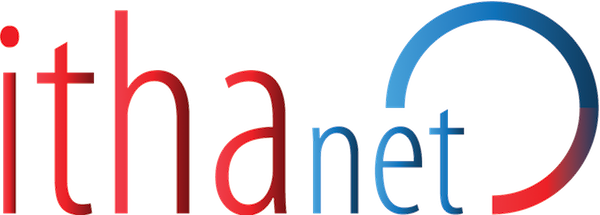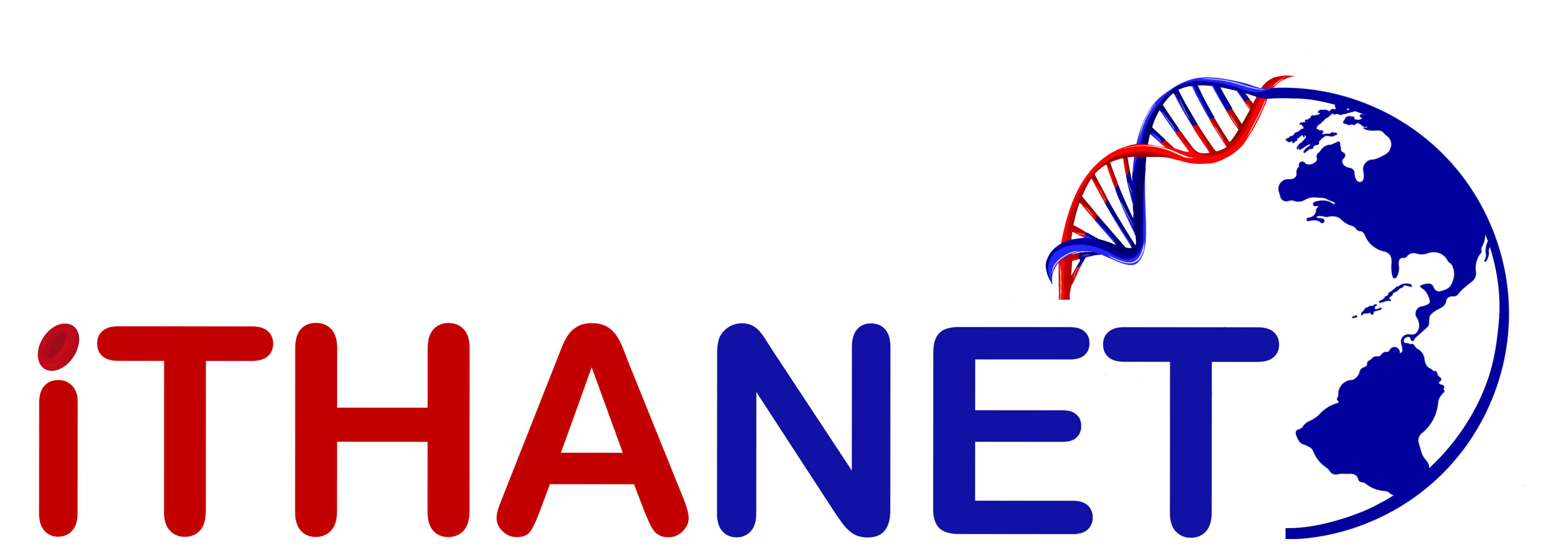
Haemoglobinopathies are the world’s most common genetic defects with millions of carriers and patients. The ITHANET portal is an expanding community resource for clinicians and researchers dealing with haemoglobinopathies and has been established as an important tool for the research, prevention and diagnosis of haemoglobinopathies. ITHANET and its core databases of genetic variation-IthaGenes, epidemiology-IthaMaps, and diagnostic and clinical data-IthaChrom draw on the newest and best available knowledge to assist all relevant experts towards the effective and efficient management of haemoglobinopathies.
The main objective of the project is to strengthen the international role of the ITHANET portal as a reference point for haemoglobinopathy-related research, treatment and diagnosis and as a daily scientific resource for patients, carriers, and all those interested in haemoglobinopathies. Given its role as official partner of the Human Variome Project’s Global Globin Network for data storing, curation and sharing within and between countries and the coordination of the Haemoglobinopathy Expert Panel for the standardized annotation of variants that affect haemoglobinopathies, the project aims to:
- Apply internationally established standards and guidelines to the annotation of variations affecting haemoglobinopathies based on the expertise of an extant international expert panel formed between the ITHANET portal and the HVP GG2020 Challenge.
- Perform a worldwide epidemiological study of haemoglobinopathies, with a focus on micromapping and the impact of migration, and develop user-friendly interactive tools to facilitate evidence-based decision-making.
- Develop the first haemoglobinopathy-specific genotype – phenotype database with data from previously funded research projects and from clinical/diagnostic cases in scientific publications.
- Help clinicians, laboratory staff and health authorities to acquire up-to-date knowledge and apply standardised methods so that they can make informed decisions on their health care.
- Engage the worldwide community of haemoglobinopathies into data sharing and microattributions through an open and public website with clear acknowledgements of everyone’s input.
|
Table 1: Work Package Table |
||||
|
No |
Title |
Person-months |
Start Date (project month) |
End Date (project month) |
|
WP1 |
Project Management |
3.1 |
1 |
36 |
|
WP2 |
Dissemination Activities |
7 |
1 |
36 |
|
WP3 |
Epidemiology |
27 |
1 |
36 |
|
WP4 |
Variant annotation and classification |
23 |
1 |
36 |
|
WP5 |
Genotype - Phenotype database |
21.5 |
1 |
36 |
|
Table 2: List of Deliverables |
|||||
|
No |
Title |
Relevant WP No |
Deliverable Type (Document, Report, Publication, Poster, Pilot, Prototype, Website, Video, Software, Database, Other) |
Classification of Dissemination (Public, Confidential) |
Deliverable Completion (Project Month) |
|
D1 |
MOU and IPA, governing the collaboration and the handling of project outcomes |
WP1 |
Other (Agreement) |
Confidential |
1 |
|
D2 |
Intermediate progress report, including financial report |
WP1 |
Report |
Public |
18 |
|
D3 |
Updated list of ITHANET contributors |
WP1 |
Webpage |
Public |
36 |
|
D4 |
Final progress report, including financial report |
WP1 |
Report |
Public |
36 |
|
D5 |
Minutes of scientific coordination meetings |
WP1 |
Document |
Confidential |
36 |
|
D6 |
Project’s website (as part of the extant ITHANET portal) |
WP1 |
Website |
Public |
3 |
|
D7 |
At least one article in lay journal/magazine |
WP2 |
Publication |
Public |
30 |
|
D8 |
Eighteen e-newsletters sent to ITHANET subscribers every two months |
WP2 |
Other (Newsletter) |
Public |
36 |
|
D9 |
At least three manuscripts ready for publication submitted to a preprint server |
WP2 |
Publication |
Public |
36 |
|
D10 |
At least five presentations regarding the outcomes of the project at national or international conferences |
WP2 |
Poster / Presentation |
Public |
36 |
|
D11 |
Documents relevant to the joint Scientific Information Day and the ITHANET workshop, including programme, list of participants, scientific presentations at the event and training material. |
WP2 |
Document |
Public |
36 |
|
D12 |
Disease-specific questionnaires for epidemiological data collection |
WP3 |
Document |
Public |
6 |
|
D13 |
List of experts to be contacted for data contributions |
WP3 |
Document |
Confidential |
6 |
|
D14 |
Upgrated IthaMaps database and interface |
WP3 |
Website, Database |
Public |
10 |
|
D15 |
First update of the IthaMaps content after incorporating data contributions, data from literature and demographic/migration data |
WP3 |
Website, Database |
Public |
24 |
|
D16 |
Final update of the IthaMaps content after incorporating data contributions, data from literature and demographic/migration data |
WP3 |
Website, Database |
Public |
36 |
|
D17 |
Web tool for visualisation of epidemiological information for informed decision making |
WP3 |
Website |
Public |
36 |
|
D18 |
Upgraded IthaGenes database and interface with additional sections and parameters |
WP4 |
Website, Database |
Public |
6 |
|
D19
|
Updated IthaGenes content, including additional annotation needed for variant classification |
WP4 |
Website, Database |
Public |
12 |
|
D20 |
First release of the online recommendation system for variant classification |
WP4 |
Website, Database |
Confidential |
18 |
|
D21 |
Final release of the online recommendation system for variant classification |
WP4 |
Website, Database |
Public |
22 |
|
D22 |
List of variants annotated by the Expert Panel submitted to ClinVar |
WP4 |
Document, Website, Database |
Public |
36 |
|
D23 |
Fully designed IthaPhen database with data insertion web interface and access control |
WP5 |
Database, Website |
Confidential |
12 |
|
D24 |
First update of the IthaPhen content after incorporating existing anonymised patient data and genotype – phenotype data from literature |
WP5 |
Database, Website |
Public |
24 |
|
D25 |
Final update of the IthaPhen content after incorporating existing anonymised patient data and genotype – phenotype data from literature |
WP5 |
Database, Website |
Public |
36 |
|
D26 |
IthaPhen search and visualisation interface |
WP5 |
Website |
Public |
36 |
|
This work was co-funded by the European Regional Development Fund and the Republic of Cyprus through the Research and Innovation Foundation (Project: EXCELLENCE/1216/256) |
|
|

